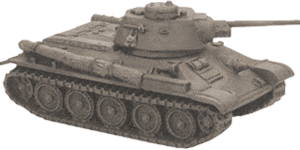The Long Range Desert Group is a small book, but packed with good detail and adventure. Check out my review today!
Blog

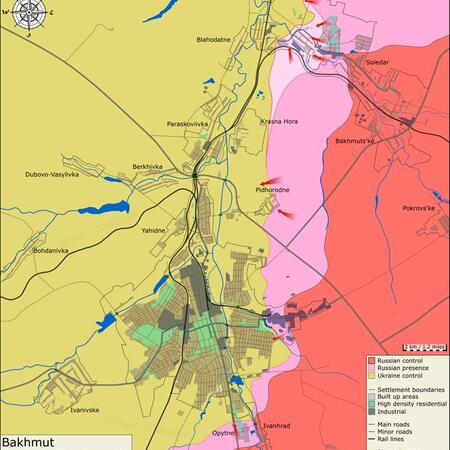
I last commented on the Russian-Ukrainian war about eight months ago. In that article I speculated on whether or not a breakthrough of the first Ukrainian defensive line in the Donbas would lead to a Russian breakout.
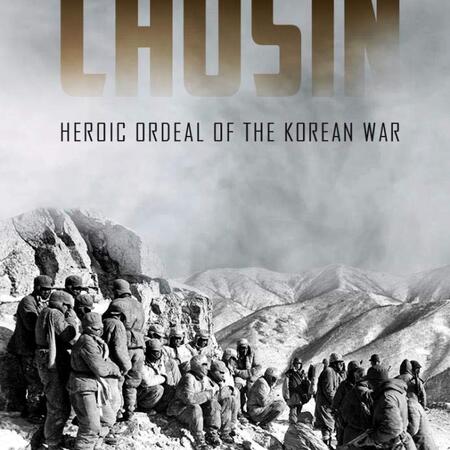
This month we take a look at the Korean War. More specifically, the struggle for survival the U.S.1st Marine Division engaged in at the Chosin Reservoir during the winter of 1950. The full review can be found here.
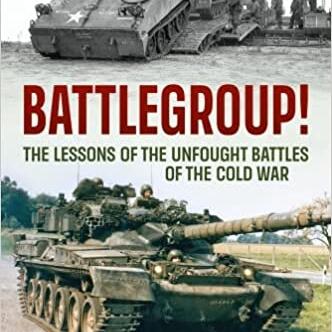
In Battlegroup professor and former British Infantry Officer Jim Storr takes his considerable, training, knowledge, and experience and condenses it down toward assessing the comparative strengths and weaknesses of the NATO and Warsaw Pact armies that faced off across the East/West German border during the 1980s. I enjoyed this book and think you will too. Check out my review here.
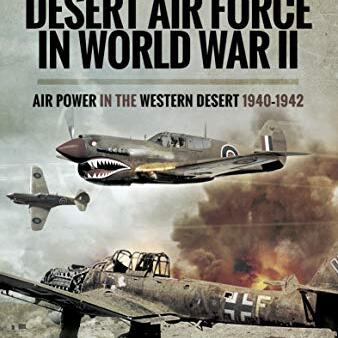
The Desert Air Force In World War II offers readers an interesting first-person perspective on what it was like to fight with the Allies in the skies of the Mediterranean theater of operations during 1940-1942. For my review please see here.
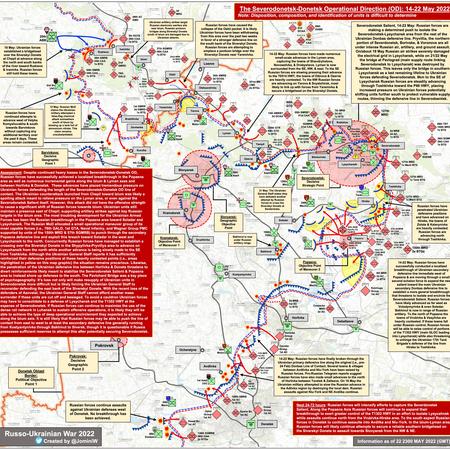
One month ago, I wrote of the Battle for the Donbas becoming the focal point of the Russian invasion of the Ukraine. I speculated as to Russian capabilties, intentions, and what might occur. It appears that the Ukrainian position in the Donbas is in big trouble. The question is when will that position collapse, and the answer there is as much a product of Russian decision-making as to how it conducts its war as much as it might be a result of any other factors.
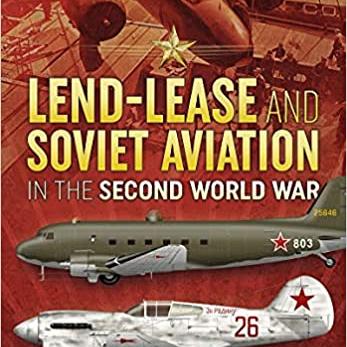
Lend-Lease is certainly in the news given the ongoing shipment of weapons from NATO countries into the Ukraine. This isn't the first time this was done. Author Vladimir Kotelnikov's Lend-Lease And Soviet Aviation In The Second World War offers a superb look into the delivering, modifying, and employing in combat of the various Allied aircraft shipped to the Soviet Union.
Given current events it is hard to find a more timely look at how much effort is involved in arming another country with
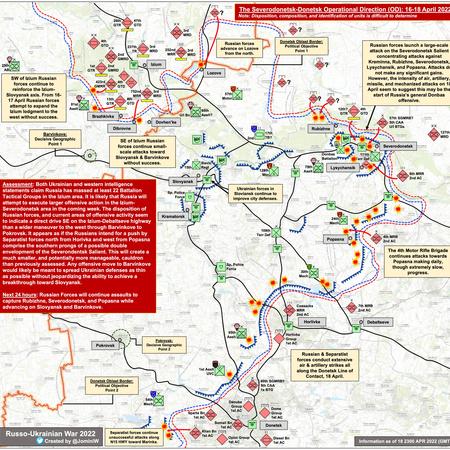
Russian artillery fire and air attacks have intensified in the Donbas region. It appears the next phase of the war has begun. This will be the most important battle of the war.
By all accounts, the bulk of the Ukrainian army's best troops are located in the east (at least 40,000 men if not more of the most experienced, best equipped, and best led soldiers). If the Russians can encircle these forces, then most of the Ukraine east of the Dniepr will be open for the taking.

The footage coming out of the Ukraine is truly overwhelming. The ubiquity of smart phones and social media have enabled all of us to see things happening in real-time that previous generations couldn't imagine. However, that is not to say the information we are being presented is as consistently accurate. In fact, from the perspective of trying to understand in an operational military sense what is happening on the ground...well, let's just say that's another story.
There are alot of agendas

This month's book review delves into StuG Abteilung 191. The book provides rich insight into the German usage of assault guns during the Second World War, all while paying attention to the kind of details that other works may overlook.

